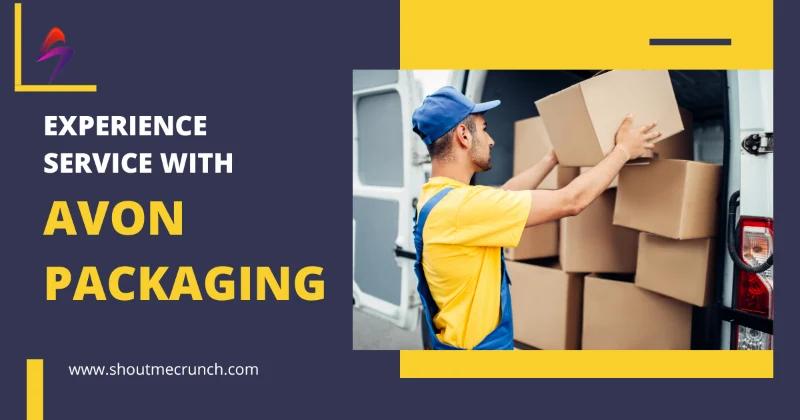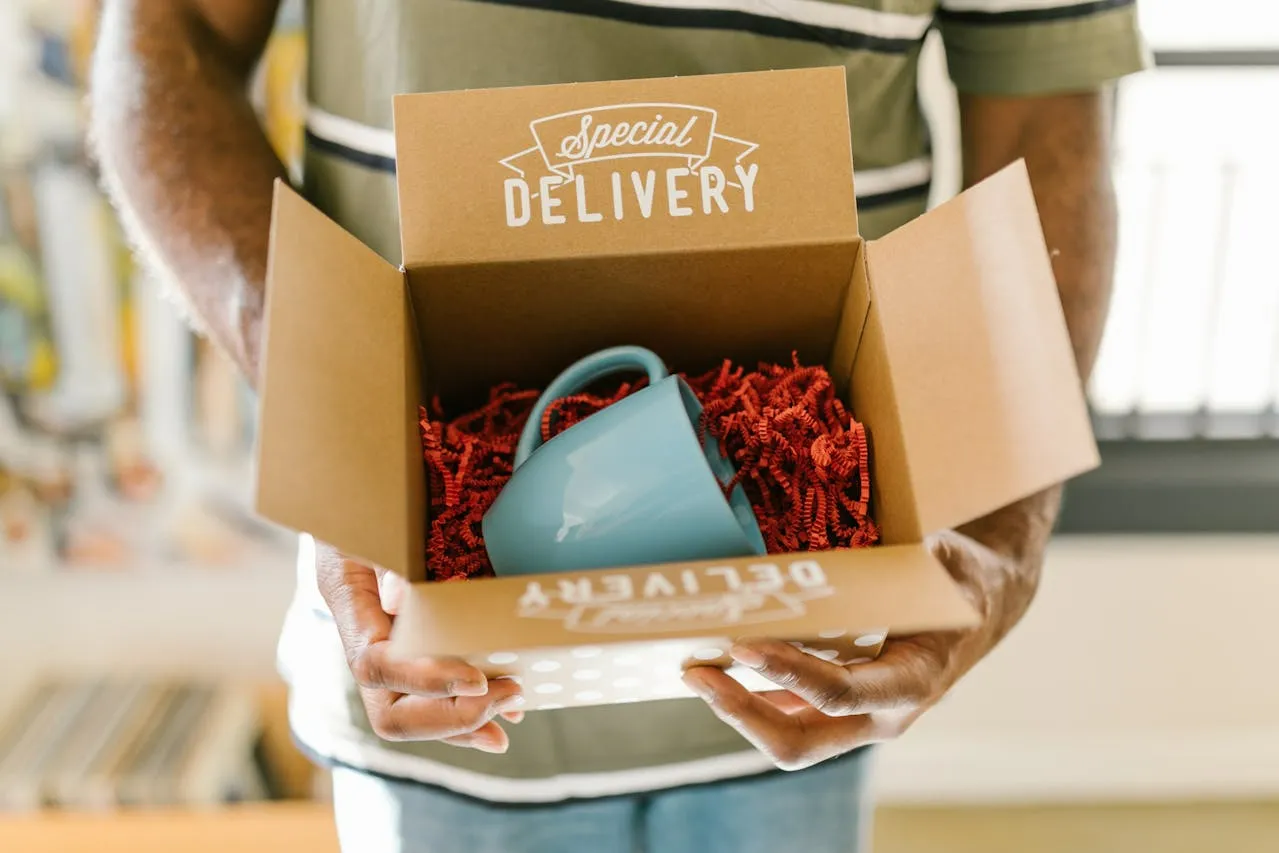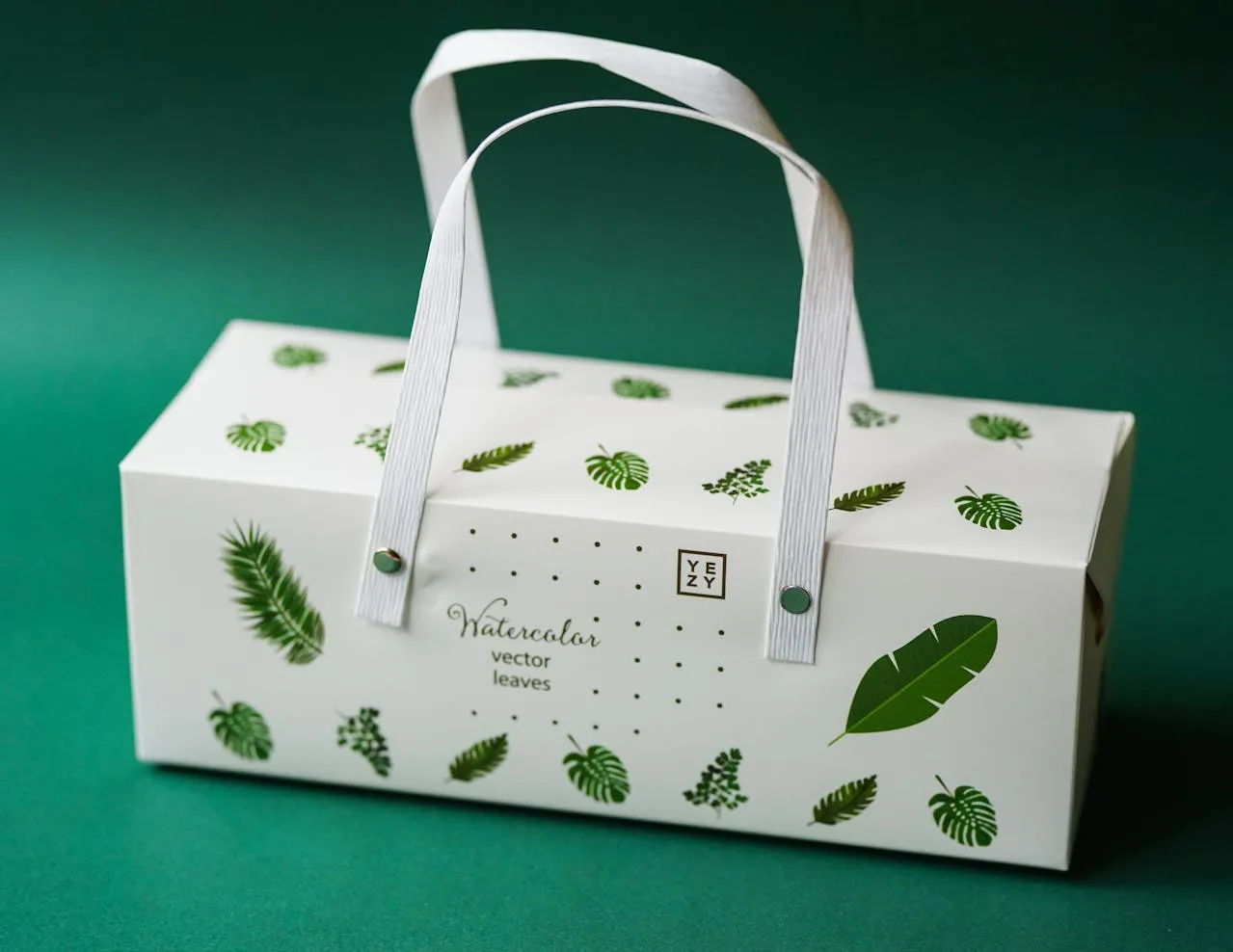Ever bought something just because the packaging felt too good to ignore? Yeah… me too. Once I bought a candle not for the scent, but because the box looked like it belonged on the shelf of a Paris boutique. And guess what? I still remember the brand, even though I burned through the candle two years ago. That’s the power of memorable business building.
Most people think running a business is about cheaper prices or shinier features. But here’s the truth: people rarely remember the “best deal.” They remember how you made them feel.
So let’s dive in—how do you build a business that sticks in your customers’ minds like that one catchy song you can’t stop humming?
Contents
First Impressions: The Silent Deal-Maker
Here’s the thing. Customers form opinions about you faster than you think. Research shows it takes around 7 seconds for someone to decide if they like your brand. Seven! That’s less than the time it takes to open a bag of chips.
Now, fixing a bad first impression? That’s like trying to reheat cold French fries. Never the same. Most wineries spend serious time thinking about their bottles. They partner with glass bottle manufacturers who understand that the bottle isn’t just a container – it’s part of the whole experience.
Think about it:
- Unboxing an Apple product—smooth, sleek, satisfying.
- Walking into a local coffee shop where it smells like heaven and the barista greets you by name.
- Clicking on a website that loads fast and actually looks like someone cared.
All of these are first impressions that glue themselves into memory.
The Wine Industry’s Secret Weapon 🍷
Let’s talk wine. Not because I’m trying to be fancy (okay, maybe a little), but because wineries nail branding.
Walk through a wine shop. Rows of bottles, same basic liquid inside—yet some just call to you. Thick, dark green glass with gothic lettering? Tradition. Clean, white label with neon font? Modern.
But here’s the sneaky part: when the wine’s gone, the bottle often sticks around. People use them as candle holders, vases, or decor. Boom—your brand’s still sitting in their living room. When customers see these elements repeatedly, they form strong mental associations that make the brand easy to recognize and remember.
That’s marketing that keeps working long after the cork’s popped.
Read also The Role of Product Photography in Building a Strong Brand Identity
Small Details = Big Payoffs
The difference between “meh” and “wow” businesses usually lives in the details.
Forgettable businesses:
- Deliver plain brown boxes.
- Have staff that barely look up.
- Offer websites that feel like mazes.
Memorable businesses:
- Add a handwritten thank-you note.
- Make packaging feel like a gift.
- Ensure their store smells, looks, and feels consistent.
Here’s a quick breakdown:
| Forgettable Business | Memorable Business |
|---|---|
| Plain box delivery | Beautiful packaging with personal touches |
| Generic customer support | Staff that actually listen and care |
| Inconsistent branding | Consistent colors, fonts, and style everywhere |
| Focus only on price | Focus on value + experience |
See the difference? It’s not rocket science. It’s just caring more than the other guy.
Why Visual Identity Isn’t Just “Design Stuff”
Humans process visuals 60,000x faster than text. Which means your colors, fonts, and logos talk before you even open your mouth.
Strong brands:
- Use consistent design across packaging, website, and even uniforms.
- Stick to recognizable colors (Tiffany’s blue box, anyone?).
- Make it easy for people to spot them from across the street.
Think of visual branding as your business’s face. If it keeps changing, people won’t recognize you in the crowd.
The Story Factor
Want to know why customers fall in love with some businesses? It’s not the discounts—it’s the story.
I’ll tell you straight: people remember stories more than product features. Always.
It doesn’t have to be epic. It could be:
- “We’ve used Grandma’s cookie recipe since 1954.”
- “We started in a garage and still test every product by hand.”
- “We donate a portion of profits to plant trees.”
Authentic stories spark connection. And connection builds memory.
Read also 4 Ways Branding Can Drive Sales Of Your B2B Startup
Exceeding Expectations (a.k.a. Doing the Little Extra)
Here’s a simple formula:
Meeting expectations = satisfaction.
Exceeding expectations = memory.
Think:
- A surprise discount.
- An email that checks in after purchase.
- A little freebie thrown into the box.
These cost peanuts but deliver loyalty gold.
The catch? Scaling this as you grow. It’s easy when you have 10 customers. Harder with 10,000. That’s where systems, CRM tools, and automation help—without killing the personal touch.
Measuring the Right Stuff
Most businesses track sales and call it a day. Big mistake. If you want to know if customers remember you, track things like:
- Retention rate (do they come back?).
- Referrals (do they tell friends?).
- Net Promoter Score (NPS) (would they recommend you?).
- Brand mentions on social media.
Feedback loops—surveys, reviews, casual chats—are pure gold here. They show what’s working, and what customers quickly forget.
Read also 5 Key Reasons Why Branding Is Important For Your Business
The Long Game
Here’s the part nobody likes to hear: making your business unforgettable takes time. And consistency.
Trendy hacks might spike attention for a month, but the businesses remembered a decade later? They:
- Stick to their values.
- Keep delivering quality.
- Obsess over details.
- Show up the same way every single time.
So ask yourself: if a customer only remembered one thing about your business tomorrow… what would you want it to be?
Final Thoughts
Look, building a memorable business isn’t magic. It’s not about spending millions on ads either. It’s about showing up with intention—every single touchpoint, every single time.
From the first click to the last thank-you email, every detail whispers (or shouts) something about your brand. And those whispers? They add up to memories.
So sweat the small stuff. Tell your story. Care a little more. And in a world where everyone’s shouting for attention, your business will be the one people actually remember.









Culture of internet
Really helpful article! Building a business that customers actually remember is all about creating experiences, not just products. I completely agree that trust, storytelling, and consistency play the biggest role in brand recall. While learning about branding strategies at the Culture of Internet Digital Marketing Institute Delhi, I realized how important it is to focus on customer emotions rather than only promotions. Thanks for sharing such a thoughtful post—it’s truly inspiring.”